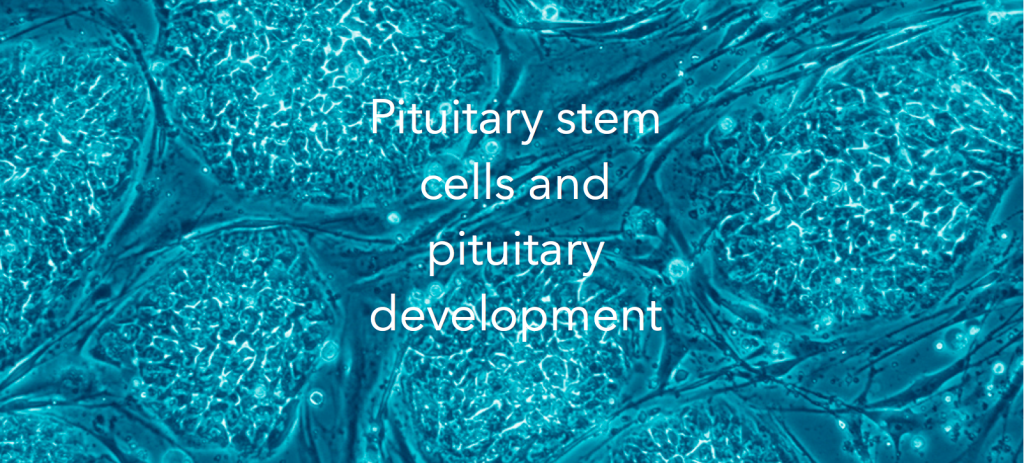From Dr. Lewis Blevins: For those of you interested in pituitary stem cells, pituitary development, etc., take a look at this link for a great treatise.
“Many aspects of pituitary development have become better understood in the last two decades. The signaling pathways regulating pituitary growth and shape have emerged, and the balancing interactions between the pathways are now appreciated. Markers for multi-potent progenitor cells are being identified, and signature transcription factors have been discovered for most hormone producing cell types. We now realize that pulsatile hormone secretion involves a 3-D integration of cellular networks. About a dozen genes are known to cause pituitary hypoplasia when mutated due to their essential roles in pituitary development. Similarly, a few genes are known that predispose to familial endocrine neoplasia, and several genes mutated in sporadic pituitary adenomas are documented. In the next decade we anticipate gleaning a deeper appreciation of these processes at the molecular level, insight into the development of the hypophyseal portal blood system, and evolution of better therapeutics for congenital and acquired hormone deficiencies and for common craniopharyngiomas and pituitary adenomas.” Click here to link to the complete article
Photo by: By Human_embryonic_stem_cells.png: (Images: Nissim Benvenisty)derivative work: Vojtech.dostal (talk) – Human_embryonic_stem_cells.png, CC BY 2.5, https://commons.wikimedia.org/w/index.php?curid=16687143
© 2016, Pituitary World News. All rights reserved.
